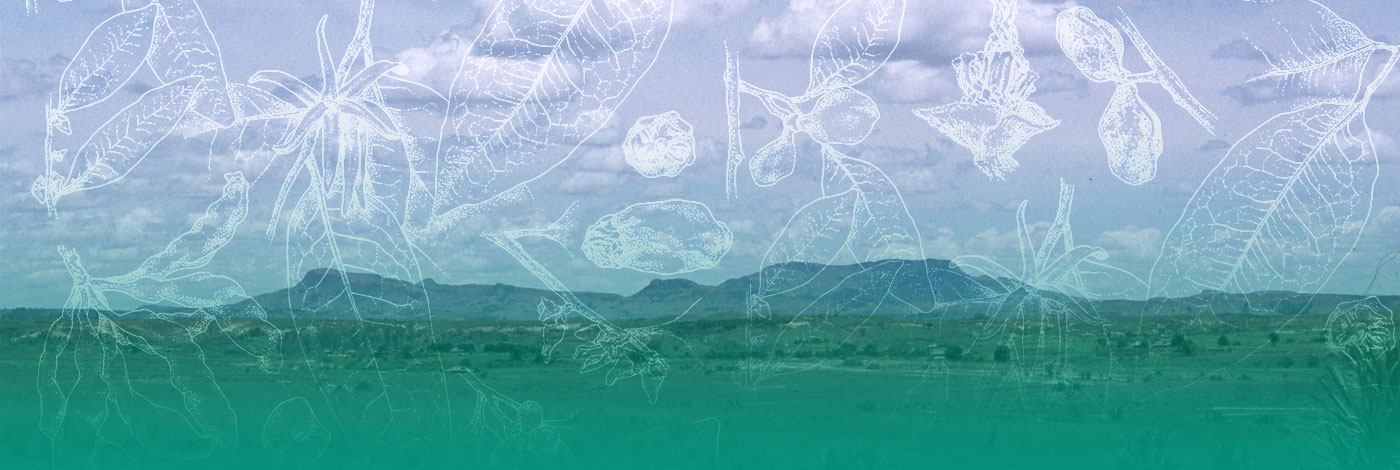
 Adansonia
19 (1) - Pages 61-75
Adansonia
19 (1) - Pages 61-75Wood anatomical features examined in five species of Myodocarpus, four species of Delarbrea, and the single member of Pseudosciadium (Araliaceae) using light and scanning electron microscopy support the hypotheses that they are a closely related, monophyletic group, and that they form an ancient lineage that has survived and diversified on the island of New Caledonia, where all except two of the 17 species belonging to these genera are endemic. Delarbrea and Pseudosciadium have similar wood structure; the wood of Myodocarpus is distinctly more primitive (sensu Bailey). These genera differ markedly in wood structure from other Araliaceae in the presence of apotracheal (diffuse and diffuse-in-aggregates) axial parenchyma, and wood features do not support earlier suggestions that is intermediate between Araliaceae and Apiaceae. Within Myodocarpus two groups of species can be distinguished on wood characters, which correspond to the species with simple vs. pinnately compound leaves. The wide-ranging D. paradoxa subsp. paradoxa is the only taxon studied with numerous vasicentric tracheids, often regarded as an adaptation to water stress.
Myodocarpus, Delarbrea, Pseudosciadium, Araliaceae, wood anatomy, vasicentric tracheids, phylogeny, New Caledonia